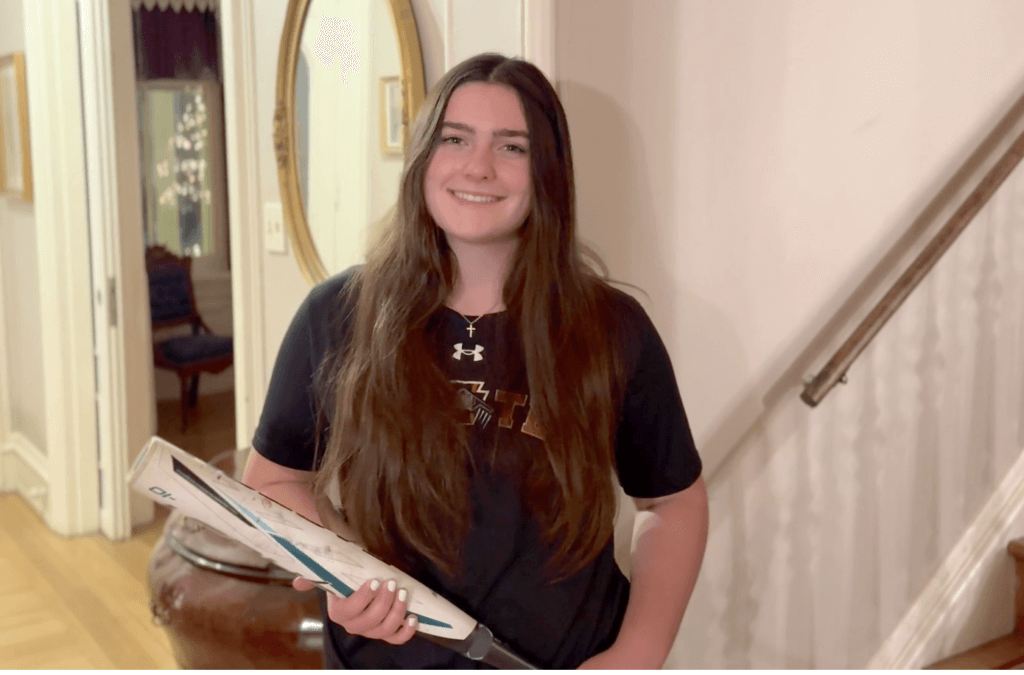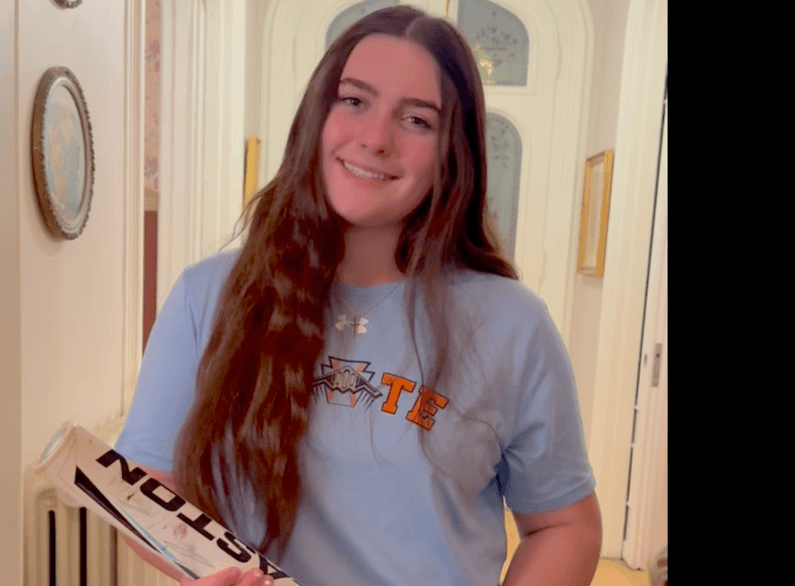
The National Collegiate Softball Federation (NCSF) announced today that starting January 1, 2023, Division I, II, III and NAIA college softball players will be able to compete for six years instead of the current four years of eligibility.
There will not be a red-shirt year available, however, even for injuries of athletes who currently receive a medical red-shirt year. This was the major concession for those driving the legislation. The two extra years of playing time that will be covered by scholarships were part of a compromise to further the proposal into ratification.
According to a spokesman for the NCSF, the drive to add two extra years was primarily because of the costs necessary to cover extra school years, as more softball athletes are taking five to six years to complete their undergraduate degree. Financial complications due to the COVID-19 pandemic also contributed to the legislation’s popularity.
Previous Graduates Can Return
The biggest surprise of the newly passed legislation is that those who competed in the previous four-year window of eligibility can now return to their universities to play an additional two years.
For example, Lisa Fernandez and Cat Osterman will now be able to return to the circle to pitch for UCLA and Texas, respectively, if they desire.
In theory, Monica Abbott could be in the same pitching rotation as current Tennessee standout Ashley Rogers and Lauren Haeger and Kelly Barnhill could be caught once again by Aubree Munro. Previous Women’s College World Series heroes like Jessie Warren and Odicci Alexander will be eligible to once-again don Florida State and James Madison uniforms, respectively.
Many feel this will allow the sport to increase attendance and revenues as “legends of the game” will join the line-up with current stars.
Postseason Time Limited to Specific Days
Players returning to their schools instead of simply extending active careers will be limited in their postseason playing time, only eligible to take the field for their team in games played on Tuesdays, Thursdays, and Saturdays.
Those limitations will not apply to the regular season.
Blue- and Green-Shirts Replacing Red-Shirts
There will be a new learning curve for those in the game, as the returning fifth- and sixth-year players will be classified as “blue shirt” and “green shirt” seniors. One additional portion of the proposal specifies that all blue- and green-shirt players must physically wear their appropriately-colored shirts over their uniforms during games.
Once the first pitch is thrown in an official game with the returning players in the lineup, their two-year clock of “return eligibility” will begin.
Increased Number of Scholarships
To accommodate this, the NCSF will push for a vote to allow the number of scholarship athletes on a Div. I, II, or NAIA team to be at 30 per team. Critics of the legislation say this will only lead to more transfers and lack of roster stability. Division III teams do not offer athletic scholarships.
Happy April Fools Day! The NCSF isn’t real and neither is this “story”. We originally published this article in 2019 and decided that today was a *great* day to bring it back!











